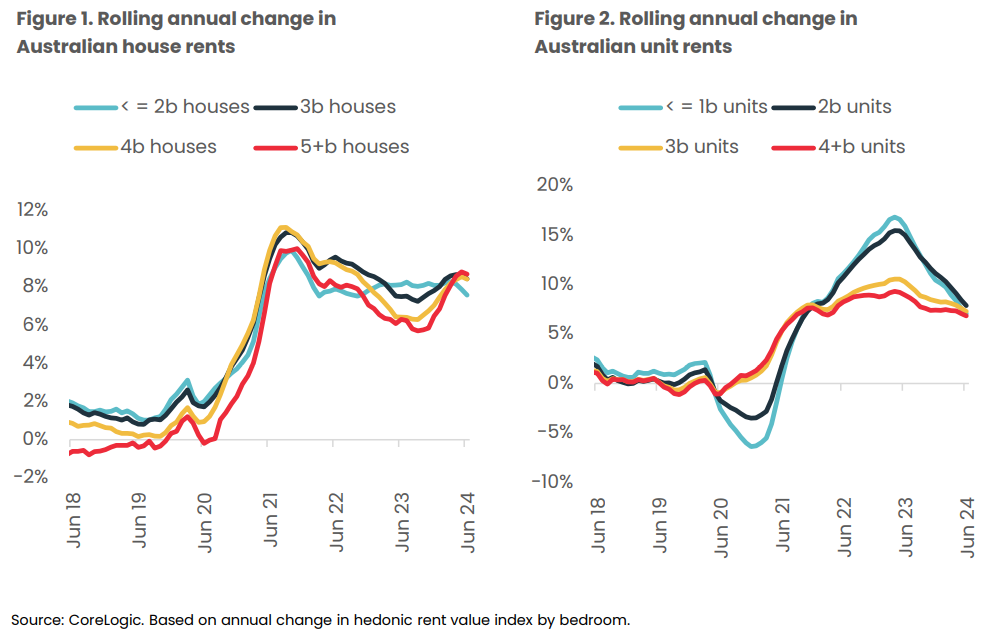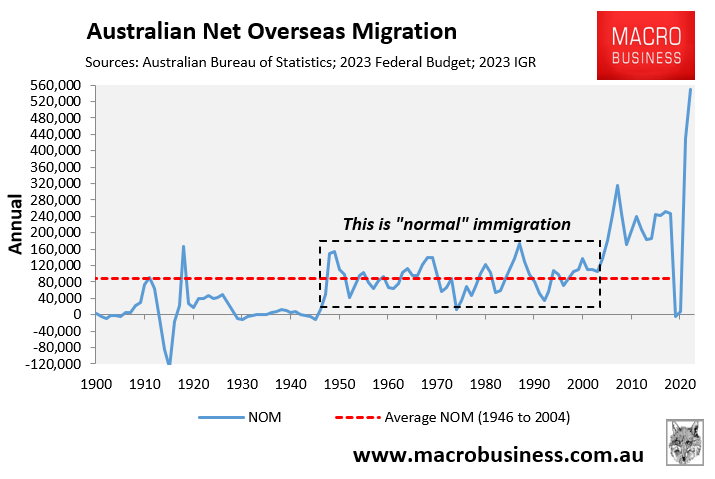Last month, Michael Fotheringham, a major immigration propagandist and managing director of the Australian Housing and Research Institute, touted group housing as a solution to Australia’s housing crisis.
“We are consuming more houses for the number of people we have… The number of people per household is decreasing. Australia is increasingly becoming a nation of single-person or two-person residences, with more than half of households consisting of just one or two people”…
“If the trend continues, Australia could be short on houses for the existing population, let alone for migrants”.
The article concluded with the following argument from Fotheringham:
Fotheringham called for a “holistic approach” to deal with the housing issue, suggesting Australians open up their empty rooms for people to rent.
Domain made similar arguments this month:
“If fewer people lived alone and more couples rattling around in big family homes could be persuaded to downsize, much of the current housing crisis could be alleviated overnight”, the article read.
“The 2021 census found there are at least 3.5 million spare bedrooms in Australia”.
Both appear to be getting their way with more Australians than ever living in group homes:
More than 350,000 Australians are living as part of a group household according to data from the Australian Bureau of Statistics (ABS) — more than ever before.
While the ABS defines group housing as a household consisting of two unrelated people where all the residents are aged 15 years or older, they’re also referred to as share houses.
Demand for this type of accommodation has skyrocketed amid an exceedingly tight rental market and affordability crisis — and it’s left people looking for alternatives.
With this background in mind, Eliza Owen from CoreLogic has published research showing that “there are stronger rental growth trends in larger dwellings, potentially reflecting the formation of share houses or multiple family households”.
“For houses, rents increased 8.4% nationally in the year to June, and this ranged from a 7.6% rise in houses with up to two bedrooms, to 8.7% in larger houses with five bedrooms or more (Figure 1)”.

“Interestingly, larger rental properties are showing more resilient rent growth, despite being more expensive. Large rental properties may actually be more feasible for renters in share situations, including reforming group households and multi-generational households”.
Forcing Australians to live in group housing is a band-aid solution to the housing shortage.
The real solution is to run a sensibly sized immigration program that is compatible with the supply side of the housing market.


